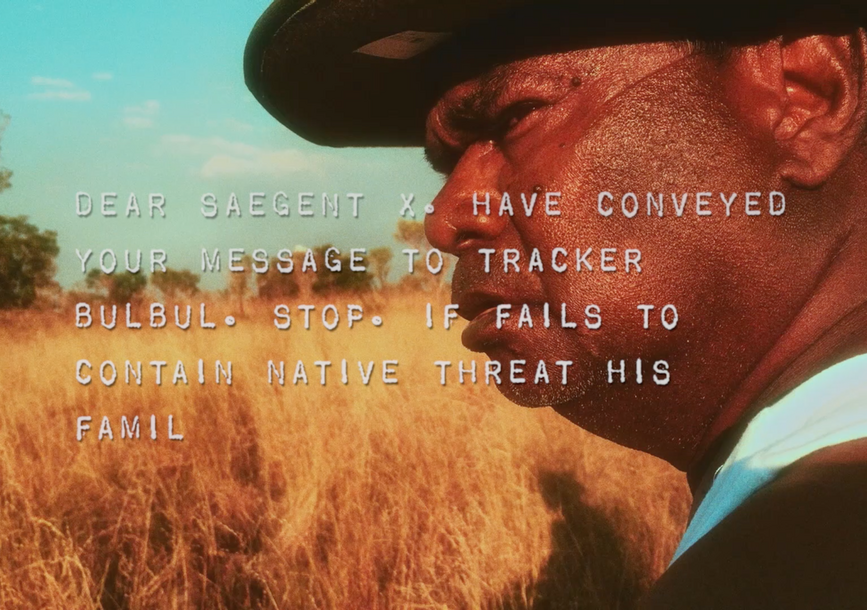The Karrabing Film Collective, an Indigenous media group based in Australia’s Northern Territories, uses the creation of film and art installations as a form of Indigenous grassroots resistance and self-organization. The collective opens a space beyond binaries of the fictional and the documentary as well as the past and the present. Meaning “low tide” in the Emmiyengal language, karrabing refers to a form of collectivity outside of government-imposed strictures of clanship or land ownership. Shot on handheld cameras and phones, most of Karrabing’s films dramatize and satirize the daily scenarios and obstacles that collective members face in their various interactions with corporate and state entities. Composing webs of nonlinear narratives that touch on cultural memory, place, and ancestry by freely jumping in time and place, the Karrabing Film Collective exposes and intervenes into the longstanding facets of colonial violence—such as environmental devastation, land restrictions, and economic exploitation— that impact members directly.
REDCAT presents a comprehensive look at the Karrabing Film Collective’s work, surveying its existing films to date throughout the Fall.
Day in the Life (2020, 31:42)
It’s an ordinary day in a small rural Indigenous community in which nothing quite works and the authoritative hand of the government is a constant shadowy presence over the community.
Night Time Go (2017, 31:10)
In 1943, Karrabing ancestors escaped from Delissaville war internment camp, kept there due to the Australian government’s fear they might become spies for the Japanese. This story exists nowhere in official records, and their journey back to Cox Peninsula is recounted for the first time, superimposing documentary, fiction, hardship, and celebration.
